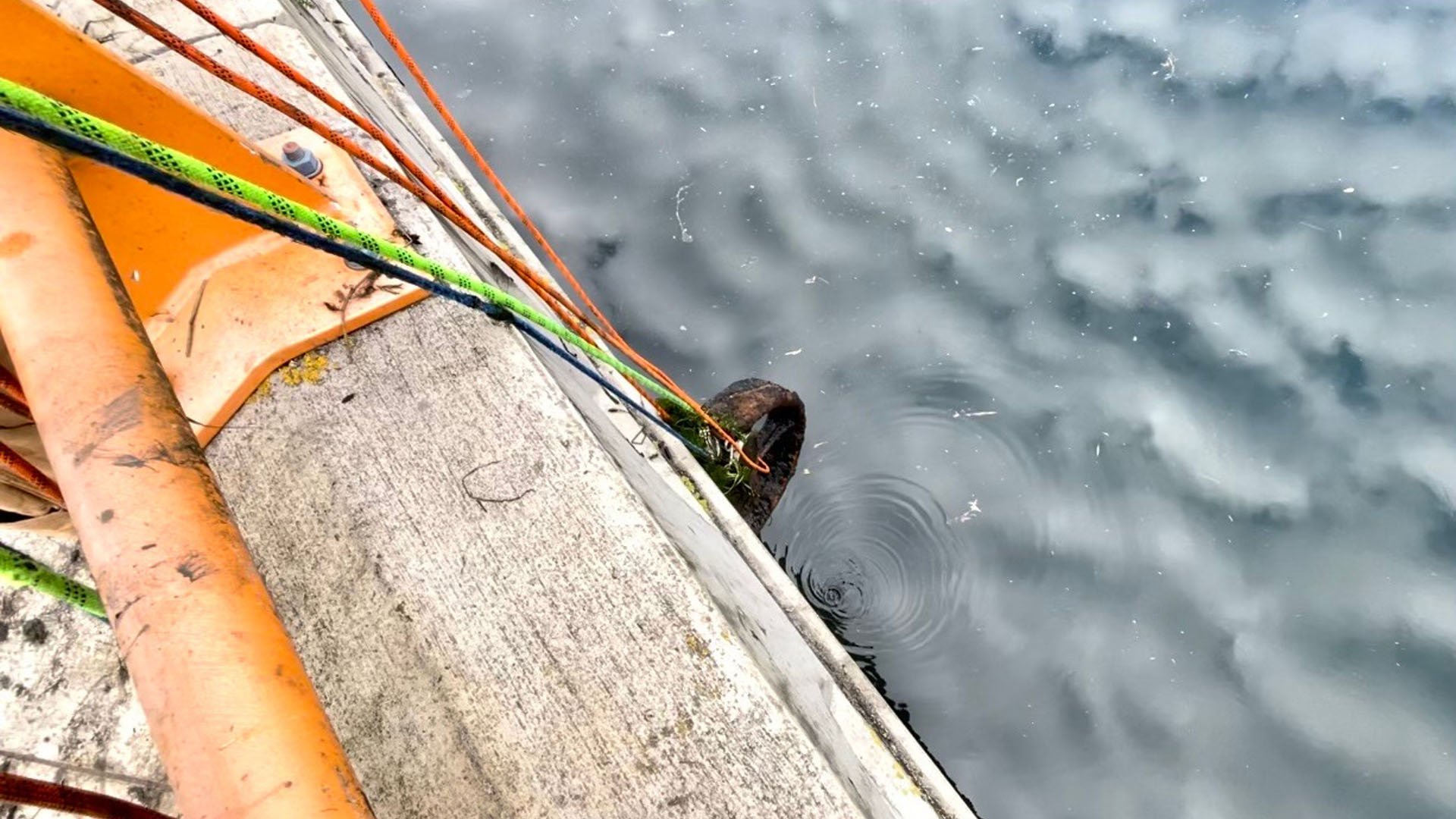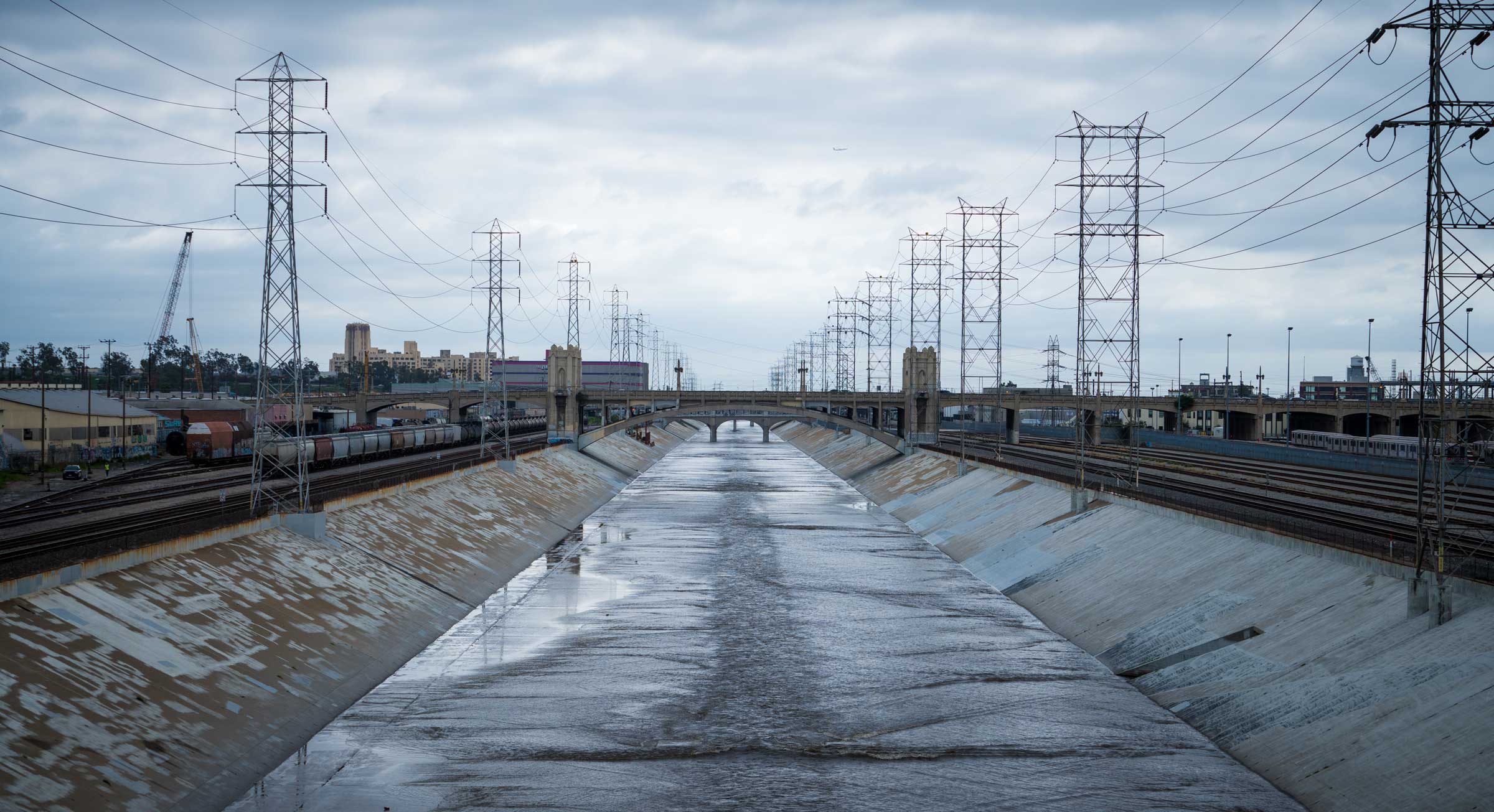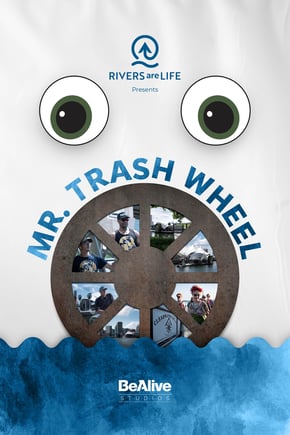Revolutionizing Harbor Cleanup: The Story of Mr. Trash Wheel in Baltimore
Discover the incredible story of Mr. Trash Wheel, an innovative solution to harbor cleanup in Baltimore. Explore the technology behind river trash boats and learn about their effectiveness and history.
The Rise of Mr. Trash Wheel
Mr. Trash Wheel is an extraordinary invention that has revolutionized harbor cleanup in Baltimore. It all began in 2008 when John Kellett, a local engineer, came up with the idea to tackle the problem of trash in the city's Inner Harbor. He wanted to create a sustainable solution that could effectively remove trash from the water and prevent it from polluting the Chesapeake Bay.
After years of research and development, Mr. Trash Wheel was born in 2014. This innovative device is essentially a solar-powered, water-wheel-powered trash interceptor that sits at the mouth of the Jones Falls River. As the wheel turns, it collects all sorts of debris, including plastic bottles, styrofoam, and even large logs. The collected trash is then stored in a dumpster-like container, which is emptied regularly to ensure the continuous cleanup of the harbor.
Since its installation, Mr. Trash Wheel has become a beloved icon in Baltimore, attracting tourists and locals alike. Its quirky appearance, with googly eyes and a smiling mouth, has made it a symbol of the city's commitment to environmental sustainability.
But Mr. Trash Wheel's impact goes beyond its charming appearance. It has been incredibly effective in removing trash from the harbor. In its first year of operation, it removed over 50 tons of debris from the water, and that number has only grown since then. The wheel has even inspired other cities around the world to implement similar devices to tackle their own water pollution issues.
Watch Mr. Trash Wheel
The Technology behind River Trash Boats
River trash boats, like Mr. Trash Wheel, utilize innovative technology to clean up water bodies effectively. These boats are equipped with special mechanisms that allow them to collect trash from rivers, lakes, and other bodies of water.
One of the key technologies used in river trash boats is the water wheel system. This system consists of a large wheel with attached buckets or conveyors that rotate, scooping up trash as they move through the water. The collected trash is then lifted and deposited into storage containers on the boat.
Another important technology is the debris collection system. River trash boats are designed with screens and filters that help separate trash from the water. These screens prevent large objects from entering the storage containers, ensuring that only trash is collected and not marine life or vegetation.
In addition to these technologies, many river trash boats are now equipped with advanced sensors and cameras that can detect and identify different types of trash. This data is then used to analyze pollution patterns and develop targeted cleanup strategies.
Overall, the technology behind river trash boats has evolved significantly, allowing for more efficient and effective harbor cleanup.
Effectiveness of Mr. Trash Wheel
The effectiveness of Mr. Trash Wheel in cleaning up Baltimore's Inner Harbor cannot be overstated. Since its installation, it has removed thousands of tons of trash from the water, preventing it from reaching the Chesapeake Bay and causing further pollution.
One of the reasons for its effectiveness is its strategic location. Mr. Trash Wheel is strategically placed at the mouth of the Jones Falls River, which acts as a natural conveyor belt for trash flowing into the harbor. This positioning allows the wheel to intercept and collect a significant amount of debris before it spreads further into the water.
Another factor contributing to its effectiveness is its continuous operation. Mr. Trash Wheel is powered by both solar energy and the flow of the river, ensuring that it operates 24/7. This continuous cleanup process prevents the accumulation of trash and keeps the harbor clean at all times.
Furthermore, Mr. Trash Wheel's design and technology have been constantly improved over the years. It has undergone several upgrades to increase its capacity and efficiency in collecting trash. These enhancements have made it even more effective in reducing pollution in Baltimore's waterways.
Overall, the effectiveness of Mr. Trash Wheel has made it a shining example of how innovative solutions can make a significant impact on environmental conservation.
A Brief History of Harbor Cleanup in Baltimore
The history of harbor cleanup in Baltimore dates back several decades. In the mid-20th century, the city's water bodies, including the Inner Harbor, were heavily polluted due to industrial activities and inadequate waste management practices.
In the 1970s, with the passage of the Clean Water Act and the establishment of the Environmental Protection Agency (EPA), efforts to clean up Baltimore's waterways gained momentum. Various initiatives were launched to reduce industrial pollution and improve wastewater treatment systems.
However, it wasn't until recent years that the focus shifted towards tackling the problem of trash in the harbor. The rise of Mr. Trash Wheel in 2014 marked a turning point in harbor cleanup efforts. It brought attention to the issue of marine debris and inspired a renewed commitment to keeping Baltimore's water bodies clean.
Since then, there have been ongoing efforts by local organizations, government agencies, and community volunteers to not only clean up the harbor but also raise awareness about the importance of responsible waste disposal. These combined efforts have significantly improved the overall cleanliness and health of Baltimore's waterways.
The Future of Mr. Trash Wheel and Harbor Cleanup
The future of Mr. Trash Wheel and harbor cleanup in Baltimore looks promising. As the success of Mr. Trash Wheel continues to inspire other cities, there is a growing movement towards implementing similar technologies worldwide.
In Baltimore, Mr. Trash Wheel's family has already grown to include four innovative trash wheels: Professor Trash Wheel, Captain Trash Wheel, and the newest member, Gwynnda the Good Wheel of the West. With these additions, the expanded fleet now covers a larger portion of the harbor, enhancing the cleanup efforts significantly. This expansion ensures more comprehensive coverage and even better results in keeping the harbor clean.
Moreover, advancements in technology are expected to further enhance the efficiency of harbor cleanup. Researchers and engineers are constantly working on improving the design and capabilities of river trash boats, making them more autonomous and capable of handling larger volumes of trash.
Additionally, education and awareness programs are being developed to promote responsible waste management practices among the community. By educating individuals about the impact of their actions on the environment, it is hoped that the amount of trash in the harbor will be significantly reduced in the future.
In conclusion, Mr. Trash Wheel has not only transformed Baltimore's Inner Harbor but also sparked a global movement towards cleaner water bodies. Its innovative technology, combined with the collective efforts of communities and organizations, is paving the way for a cleaner and more sustainable future.
Share this
You May Also Like
These Related Stories

Magnet Fishing: A Fun and Adventurous Way to Clean Rivers

Los Angeles River: The Concrete River


